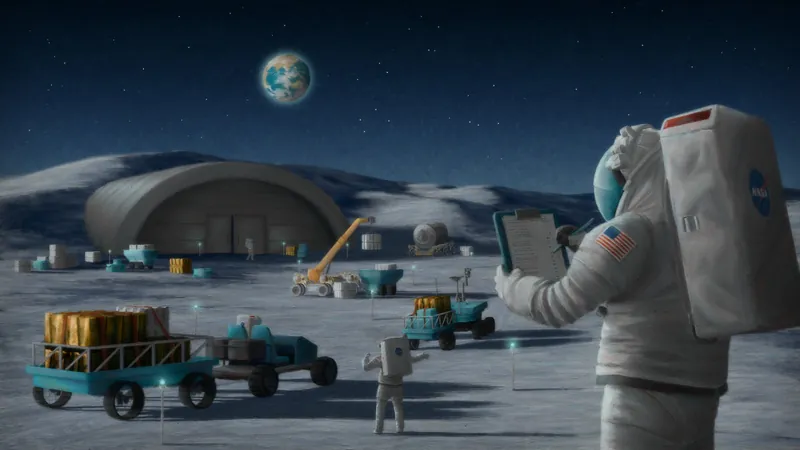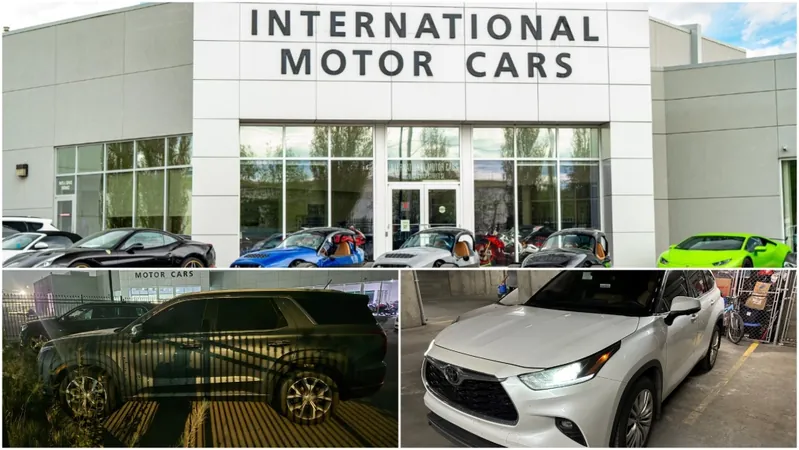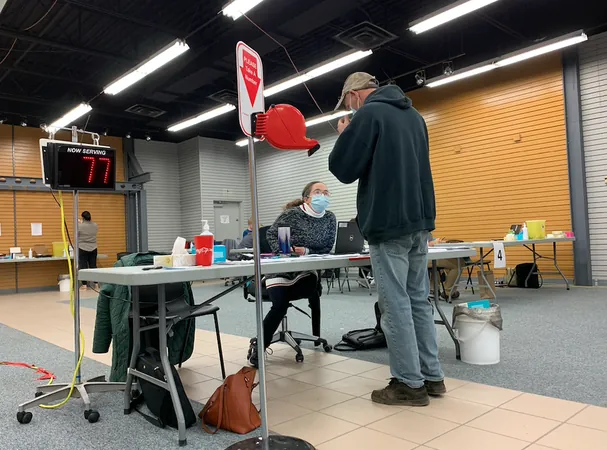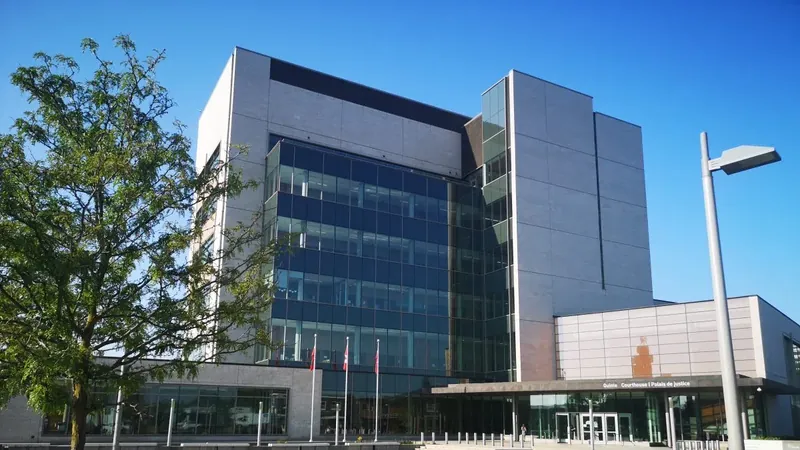
NASA Calls for Game-Changing Solutions for Artemis Lunar Missions!
2024-10-09
Author: Jacques
Introduction
NASA is on the hunt for groundbreaking ideas from U.S. industry to enhance lunar logistics and mobility solutions that will play a critical role in future Artemis missions. In a proposal released this September, NASA is not only focused on landing but also on transporting essential cargo across the lunar surface, all part of a larger vision known as the Moon to Mars Objectives.
Importance of Lunar Logistics
This request builds on previous white papers that identified significant gaps in lunar logistics and mobility, vital for the agency's architecture development as it gears up for more ambitious lunar exploration. By leveraging expertise from innovative commercial aerospace partners, NASA aims to bridge these crucial gaps.
Why Lunar Logistics Matter
The white paper detailing lunar logistics highlights the essential nature of items like food, water, air, and spare parts—elements necessary for sustaining astronauts during their missions. These logistics play an enormous role in influencing the overall design and architecture of exploration missions, particularly as NASA pivots towards more complex lunar operations.
Anticipating an increase in mission frequency and duration, NASA recognizes the pressing need for refined logistics systems. This current initiative not only invites industry insights but seeks to set the stage for a sustainable presence on the Moon.
The Challenge of Lunar Mobility
As the lunar terrain presents unique challenges, being able to transport cargo and exploration assets from landing sites to operational areas is vital. Optimization of these transfer mediums, sometimes over long distances, is key for efficient exploration. Current planned mobility elements, such as the Lunar Terrain Vehicle and Pressurized Rover, each have a weight limit of about 1,760 pounds (800 kilograms). However, future missions will necessitate moving heavier cargo—ranging from 4,400 to 13,000 pounds (2,000 to 6,000 kg)—which calls for the development of advanced mobility capabilities.
Cargo Delivery on the Lunar Surface
Addressing the need for reliable lunar surface cargo delivery, NASA's Lunar Surface Cargo white paper outlines current capabilities and the gaps that still exist. While initiatives like Commercial Lunar Payload Services (CLPS) and human-class delivery landers can satisfy immediate requirements, there is a strong demand for a more diverse fleet to extend the exploration footprint on the Moon.
A Collaborative Future
NASA’s request for proposals emphasizes the importance of creative thinking and innovation from industry players to inform its logistics and mobility strategies. As NASA aspires to build partnerships beyond commercial realms and into international territories, the future of lunar exploration looks more collaborative than ever.
A Growing Opportunity
This call for innovative solutions represents not just a challenge but a golden opportunity for aerospace companies to be part of a historic moment in space exploration. The potential for revolutionary insights and contributions to NASA's strategy could redefine how humanity interacts with the lunar surface—setting the groundwork for a sustained human presence on the Moon and beyond.
Are you ready to witness the next frontier in space exploration? Join NASA as they embark on this remarkable journey to redefine our presence on the Moon!









 Brasil (PT)
Brasil (PT)
 Canada (EN)
Canada (EN)
 Chile (ES)
Chile (ES)
 España (ES)
España (ES)
 France (FR)
France (FR)
 Hong Kong (EN)
Hong Kong (EN)
 Italia (IT)
Italia (IT)
 日本 (JA)
日本 (JA)
 Magyarország (HU)
Magyarország (HU)
 Norge (NO)
Norge (NO)
 Polska (PL)
Polska (PL)
 Schweiz (DE)
Schweiz (DE)
 Singapore (EN)
Singapore (EN)
 Sverige (SV)
Sverige (SV)
 Suomi (FI)
Suomi (FI)
 Türkiye (TR)
Türkiye (TR)